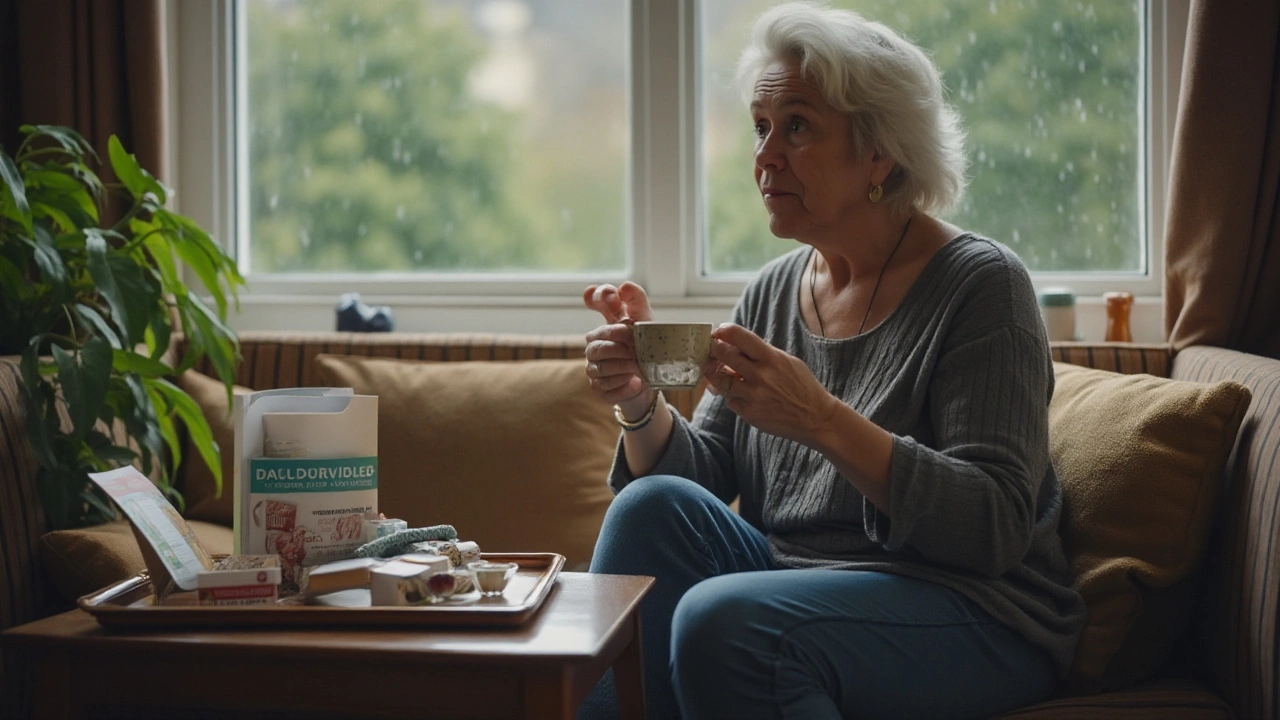Leukemia treatment: Options, what to expect
Facing a leukemia diagnosis throws a lot at you fast. The good news: treatment is rarely one-size-fits-all. Your care plan depends on the leukemia type (like AML, ALL, CLL, or CML), your age, overall health, and specific genetic markers in the cancer cells. This page breaks down the common options, what each one does, and practical next steps you can take.
Main treatment types
Chemotherapy — Still a backbone for many leukemias. Chemo uses drugs to kill fast-growing cancer cells. It can be given by mouth, IV, or injected into the spine for certain types. Expect cycles of treatment and recover periods; blood counts will be monitored closely.
Targeted therapy — These drugs attack specific weaknesses in leukemia cells. Examples: imatinib for CML, venetoclax for some CLL cases, and FLT3 inhibitors for certain AML patients. Targeted drugs often cause different side effects from chemo and can work when chemo doesn’t.
Immunotherapy — This includes monoclonal antibodies (like rituximab for some B-cell leukemias) and newer cell therapies such as CAR-T. CAR-T uses a patient’s own immune cells, reprogrammed to find and kill leukemia cells. It can produce dramatic responses but requires specialized centers and careful monitoring for side effects.
Stem cell (bone marrow) transplant — This replaces diseased bone marrow with healthy stem cells from a donor or your own (autologous). Transplants can be curative for some people but come with serious risks and a long recovery period. Not everyone is a candidate.
Supportive care — Treating leukemia often means managing infections, anemia, and bleeding risks. Transfusions, antibiotics, growth factors, and good nutrition make treatment safer and help you stay on schedule.
How to pick the right plan & practical next steps
Ask about the specific subtype and genetic tests on your leukemia cells—those results often decide whether targeted drugs or transplant are options. Ask these questions: "What tests changed the treatment choice?" "What are the likely side effects?" and "What are my chances for remission with this plan?"
Consider a second opinion, especially if a transplant or CAR-T is suggested. Seek treatment at centers experienced with your leukemia type. If cost or drug access is a concern, ask your team about patient assistance programs or clinical trials that may cover treatments.
Clinical trials can offer newer drugs or combinations not yet widely available. Ask your doctor if any trials match your profile. If you choose standard therapy, make a plan for infection prevention, regular blood tests, and a clear schedule for follow-ups.
Talk openly with your care team about goals—curative intent vs. disease control, quality of life priorities, and practical limits (work, family, travel). Treatment works best when you understand the why and the what-to-expect.
If you want, I can help list common questions to bring to your oncologist, summarize treatment types for a family member, or point you to trusted resources on clinical trials and financial help programs.
Dasatinib plays a crucial role in the treatment of certain leukemias, offering hope to many patients. While its medical benefits are well-documented, understanding how it impacts day-to-day life is essential for both patients and caregivers. This article delves into what individuals can anticipate during treatment, highlighting potential side effects and ways to manage them. By addressing these concerns, we aim to provide a clearer picture of the journey patients can expect.

